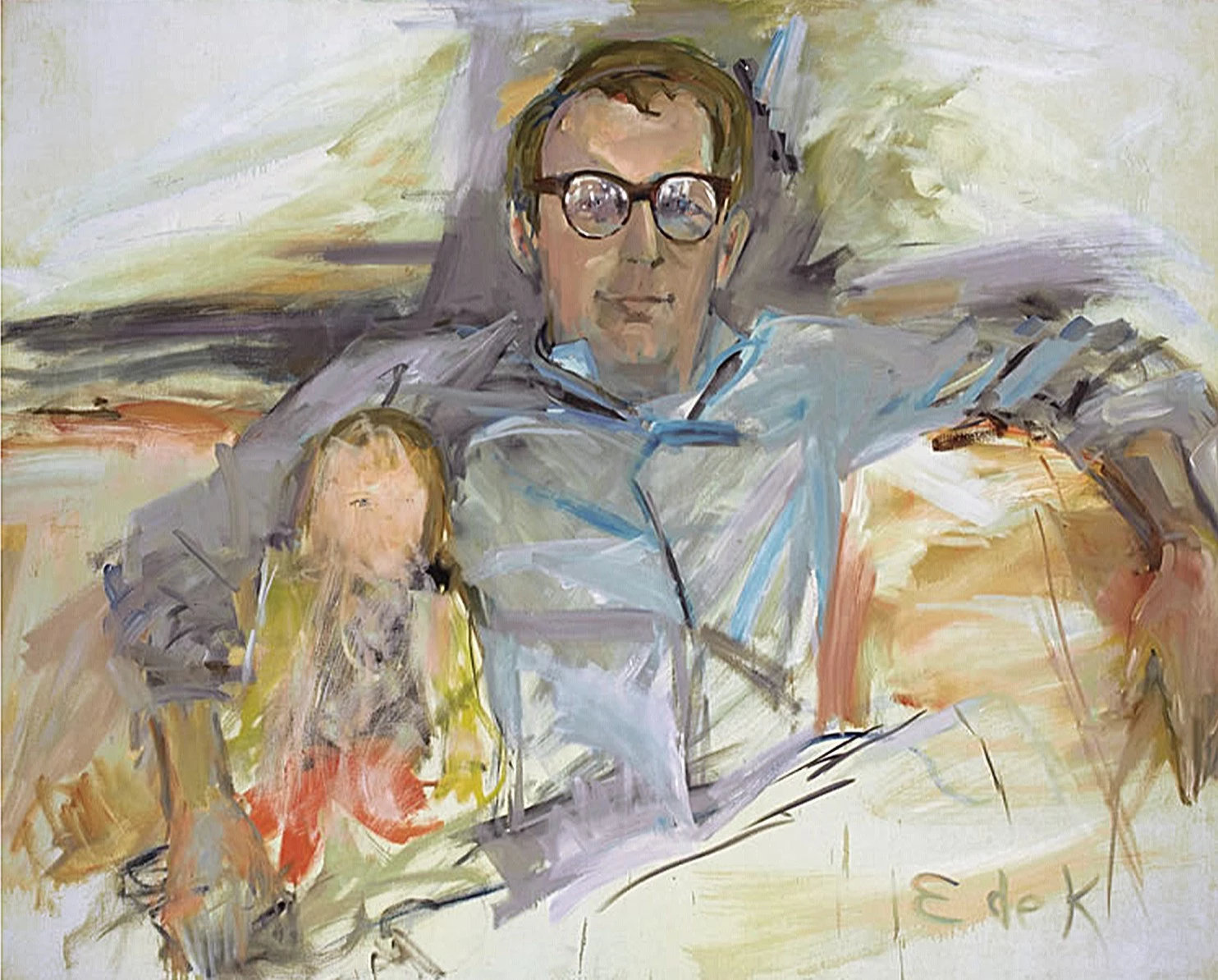The average portrait aims for perfection. The artist attempts to flawlessly represent the face, physique, and expression of his or her subject. Yet Elaine de Kooning’s portrait series challenges viewers to reconsider what exactly a good portrait makes.
The National Portrait Gallery’s new exhibit on de Kooning presents viewers to a new dimension of portraiture, defined by a woman whose career was largely overshadowed by her husband and fellow artist Willem de Kooning. Mrs. de Kooning moved far beyond the normal characteristics of portraiture, choosing to capture her subjects in a moment of spontaneity and emotion rather than in still, straight posture. de Kooning’s subjects vary, switching from family and friends to rumored lovers and even President John F. Kennedy.
de Kooning’s portraits portray glimpses of her subjects that immediately capture the viewer’s attention. Despite their abstract nature, viewers get a sense of what the subjects looked like in a defining moment. de Kooning evokes their unspoken essence in her paintings, infusing intrinsic qualities that cannot be captured in the quintessential portrait.
de Kooning effortlessly transcends the confines of the portrait using abstract techniques, such as her astounding usage of oil, her primary medium. A simple portrait was transformed into an abstract piece with harsh brush strokes of raw color. By focusing more on abstract gestures of the oil on her paintbrush, de Kooning is able to do more than merely document the faces of her subjects.
Sketches displayed alongside Kennedy’s portraits revealed her process: start with facial features and move outward. The face seemed to be the most detailed, while the limbs melted away in a sea of colors. It was astonishing to see that I could instantly identify Kennedy from de Kooning’s sketch of just his eyes. de Kooning depicts Kennedy’s remarkable sense of compassion, which she came to know after many meetings with the President.
Other times, de Kooning utilizes abstraction to hone in on the body as a gesture by eliminating facial features altogether. She particularly embraces facelessness in her painting “Seated Man (Conrad).” With wide strokes of blazing color, she captures a man whose washed-out face seems empathetic but whose body appears dauntingly sharp.
de Kooning seems to struggle with whether to include the face or focus more on the figure. In fact, de Kooning claimed the men she painted were like gyroscopes, spinning on an axis until finding balance. She is trying to find this same balance in her paintings—between face or body, and between abstract painting or portraits.
de Kooning daringly combines abstraction with portraiture in order to express unseen sides of her friends, family, and American figures. de Kooning was perfectly capable of pure painting, but she braved uncharted territory with a unique combination of art worlds.
National Portrait Gallery
8th St. and F St N.W.
11:30 a.m. – 7 p.m.
npg.si.edu
Photo: The Washington Post






Awesome article. Sarah